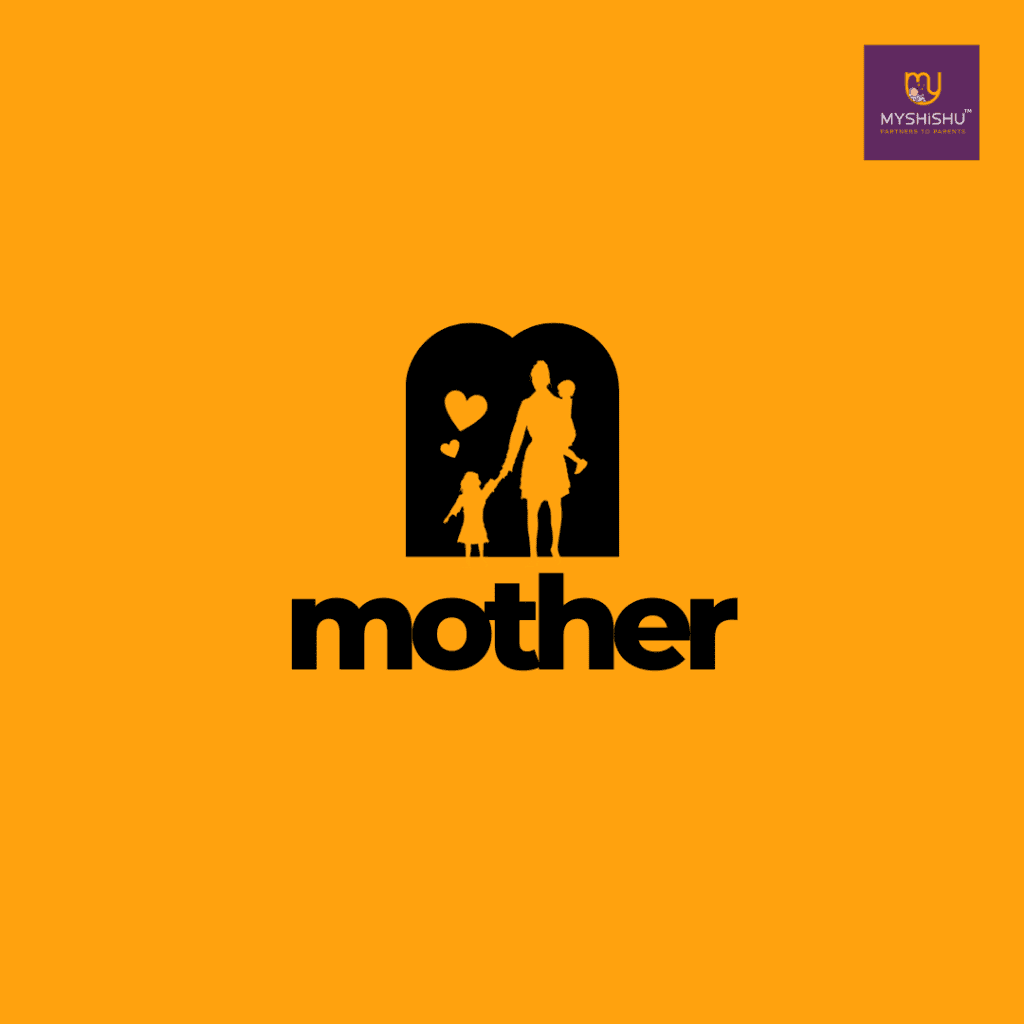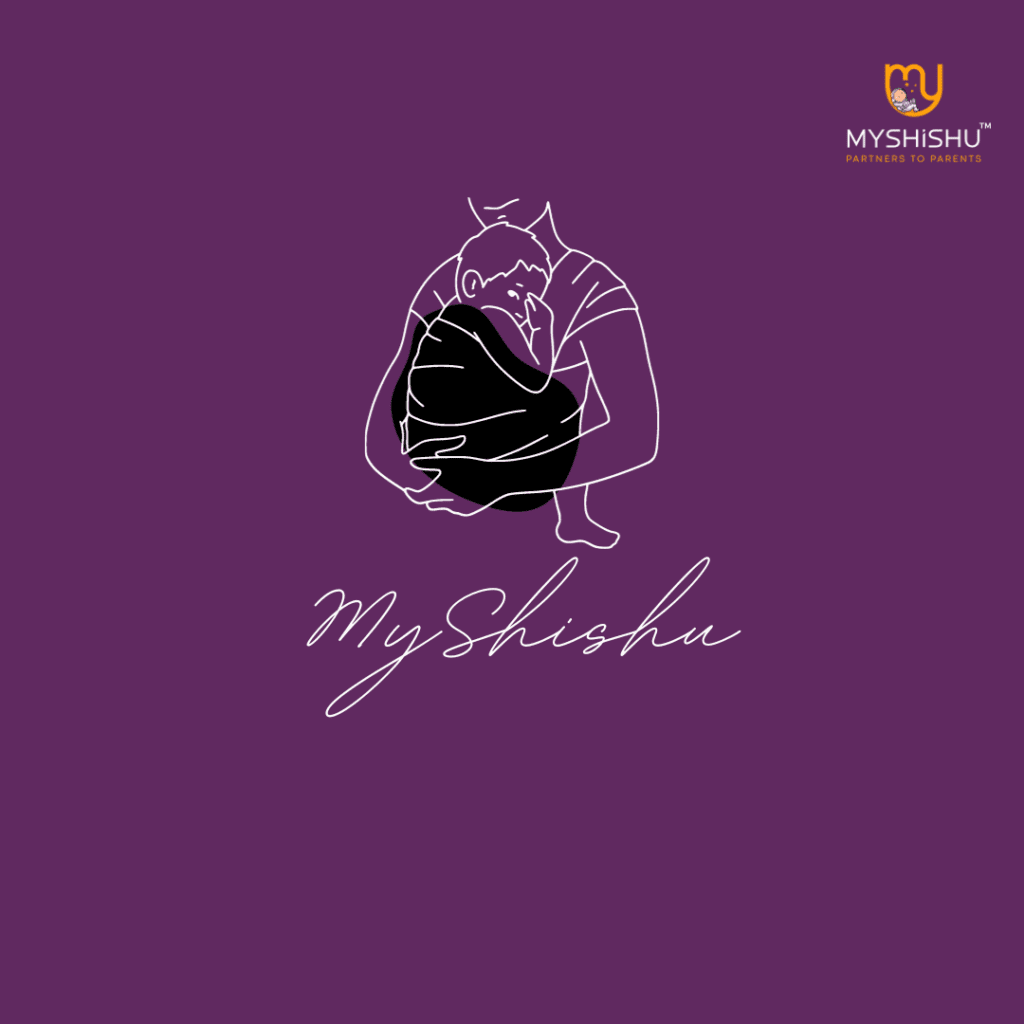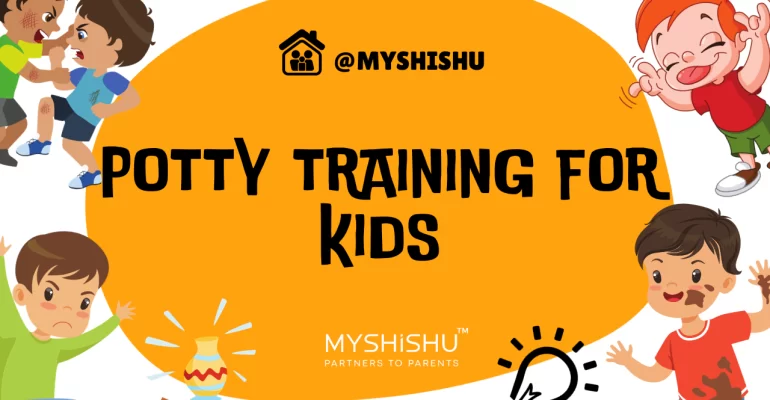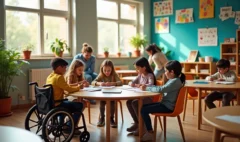Potty Training for kids
Potty Training for kids
Embarking on the journey of potty training is a significant milestone in a child’s development, marking a transition towards independence and confidence. While the process may seem daunting, particularly for parents, understanding the key steps and readiness signs can make this transition smoother and more successful.
Table of Contents
- Determining Your Child’s Readiness: Potty Training for kids
- Strategically Choosing the Weekend: Potty Training for kids
- Gearing Up for Success: Potty Training for kids
- Preparation Before the Long Weekend: Potty Training for kids
- Day 1: Potty Training for kids
- Days 2 and 3: Potty Training for kids
- Conclusion:
Determining Your Child’s Readiness: Potty Training for kids
Before initiating the three-day potty training method, it’s crucial to ensure your child is prepared for this developmental leap. Signs of readiness include an interest in the potty, the ability to follow directions, staying dry for extended periods, and showing signs of discomfort with a soiled diaper. Introduce your child to the concept of using the toilet by involving them in your bathroom routine and making it an exciting adventure.

Strategically Choosing the Weekend: Potty Training for kids
Select a three-day period where you can dedicate uninterrupted time to focus on potty training. Whether it’s a long weekend or a combination of weekdays and a weekend, being at home allows you to provide consistent support. Communicate your plan with other caregivers, ensuring a collaborative approach to reinforce the importance of using the toilet.
Gearing Up for Success: Potty Training for kids
Make the process enjoyable by taking your child to pick out their favorite underwear. Choosing underwear with beloved characters can make the transition from diapers to “big-kid” underwear exciting. Additionally, plan engaging at-home activities to keep both you and your child entertained during the training period.
“There is nothing like a newborn baby to renew your spirit and to buttress your resolve to make the world a better place.”
—Virginia Kelley
Preparation Before the Long Weekend: Potty Training for kids
Prepare your child for the upcoming shift from diapers to underwear. Whether opting for a full farewell to diapers or a partial goodbye for naps and bedtime, involve your child in the process. Share this transition with all caregivers to ensure consistency and a shared responsibility in reinforcing toilet training.
Day 1: Potty Training for kids
Commencing Bare-Bottomed Beginnings: Commence the first day by letting your child go bare-bottomed, promoting a heightened awareness of bodily sensations. Encourage your child to drink fluids to prompt frequent bathroom breaks. Set a timer to remind your child to try using the toilet every 20 minutes, fostering a routine. Use positive reinforcement and maintain an emotionally neutral stance regarding progress or accidents.
Days 2 and 3: Potty Training for kids

Consistency is Key: Follow the same approach as Day 1 for the subsequent two days, reinforcing the routine and maintaining consistency. Consider short outdoor activities if you feel comfortable, bringing a portable potty for convenience. Anticipate accidents and handle them calmly, emphasizing the importance of using the potty.
Naps and Nighttime Considerations: Decide whether to use a diaper during naps and nighttime based on your child’s comfort and readiness. Involve your child in this decision-making process, promoting a sense of autonomy. Ensure that teachers, caregivers, and family members are aware of your child’s potty training cues and language preferences.
Pro Tips for Outings: Facilitate a smooth transition to using public restrooms by having your child use the toilet before leaving home and upon arrival at their destination. Communicate your child’s signs and preferred language for toileting to caregivers and teachers. Always be prepared with extra clothing and underwear during outings.
Conclusion:
Potty training is a unique and rewarding experience that contributes to a child’s growth and independence. By following the three-day method and incorporating these tips, parents can navigate this phase with confidence and support. Remember, every child is different, so tailor the approach to suit your child’s needs and celebrate each step toward mastering this essential life skill.
Riddles/Quiz:
- What’s the term for a toilet in a bad mood?
[Answer: “Potty training”] - Why did the toilet paper roll down the hill?
[Answer: “To get to the bottom!”] - What did one toilet say to the other?
[Answer: “You look flushed!”]
Celebrate each step of your child’s journey and remember that parenting is an ever-evolving adventure. Stay tuned for more insightful blogs from MyShishu!
Explore our range of courses on new-age parenting at New-Age Parenting | Modern Parenting Styles | MYSHISHU.
For additional parenting insights and valuable information, check out our blog “Cry, Feeding and Weaning of Newborn Baby” at Cry, Feeding and Weaning of Newborn Baby – MyShishu.
Hope you’ve enjoyed the blog “Potty Training for kids”. Happy Parenting!











